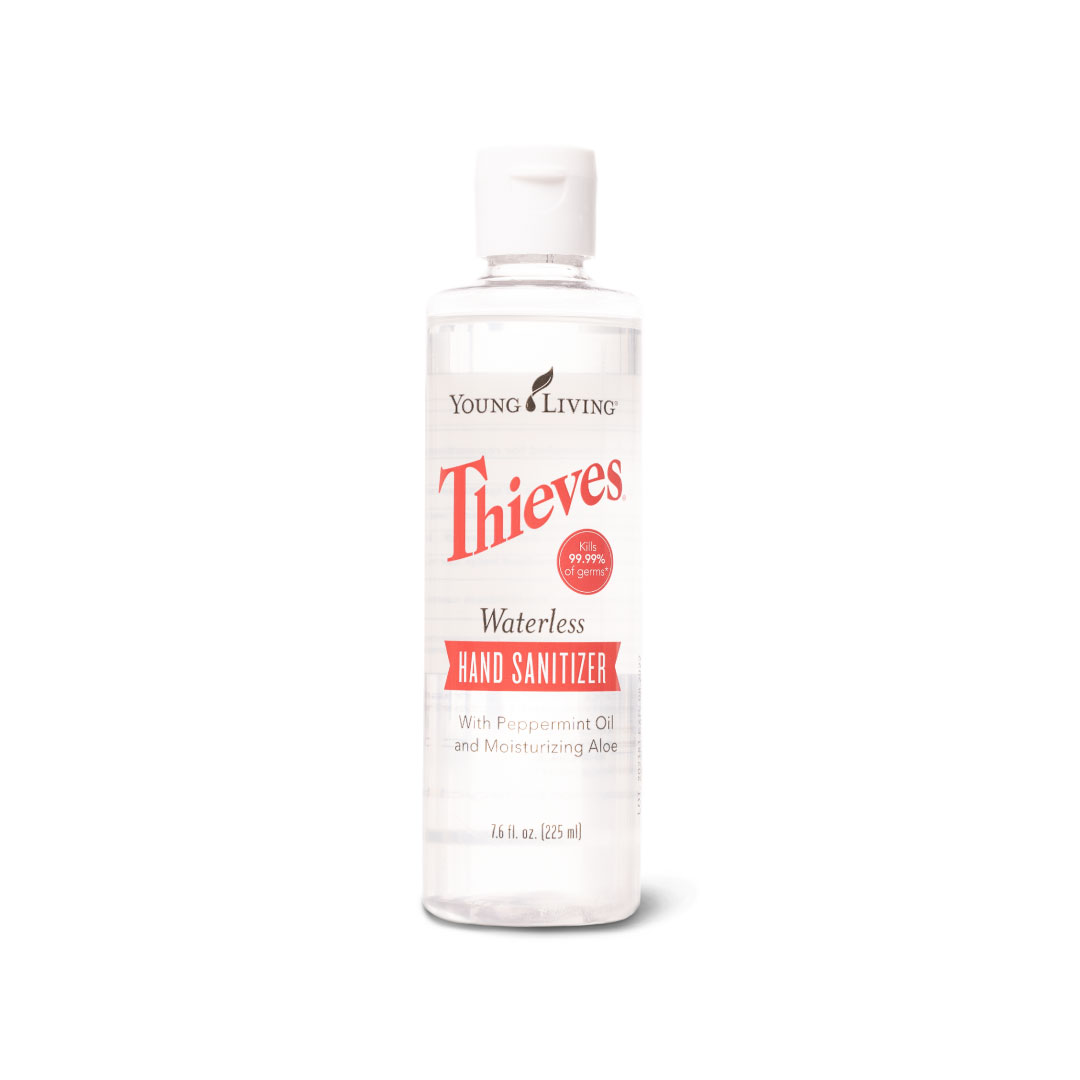In the current climate of heightened hygiene awareness, hand sanitizers have become indispensable. However, many commercial sanitizers contain harsh chemicals that can irritate the skin and harm our health. This is where Young Living’s hand sanitizer recipe comes in, offering a natural and effective alternative that harnesses the power of essential oils.
Young Living’s essential oils are renowned for their antimicrobial and antiviral properties, making them ideal for use in hand sanitizers. By combining these oils with nourishing carrier oils and other beneficial ingredients, you can create a hand sanitizer that is both gentle on your skin and effective against germs.
Essential Oils for Hand Sanitizer

Incorporating essential oils into your hand sanitizer can enhance its germ-fighting capabilities while providing therapeutic benefits. Essential oils are natural plant extracts with potent antimicrobial and antiviral properties.
When selecting essential oils for your hand sanitizer, consider their specific properties and blend them to create a well-rounded solution. Here’s a list of effective essential oils to consider:
Tea Tree Oil
- Renowned for its potent antibacterial and antiviral properties.
- Effective against a wide range of bacteria, including E. coli and Staphylococcus aureus.
Lavender Oil
- Possesses both antibacterial and antiviral properties.
- Calming and soothing, making it ideal for sensitive skin.
Eucalyptus Oil
- Known for its strong antibacterial and antiviral activity.
- Helps reduce inflammation and promote wound healing.
Lemon Oil
- Effective against bacteria and viruses, including influenza virus.
- Refreshes and cleanses the skin.
Peppermint Oil
- Has antibacterial and antiviral properties.
- Invigorating and stimulating, leaving your hands feeling refreshed.
Clove Oil
- One of the most potent antibacterial essential oils.
- Has antiviral and antifungal properties as well.
Other Ingredients for Hand Sanitizer
In addition to the essential oils mentioned earlier, there are several other ingredients that can be added to hand sanitizer to enhance its properties and provide additional benefits.
Aloe Vera Gel
- Moisturizes and soothes the skin
- Reduces inflammation
- Promotes healing
Vitamin E
- Antioxidant that protects the skin from damage
- Moisturizes and softens the skin
- Helps prevent wrinkles
Glycerin
- Humectant that draws moisture to the skin
- Moisturizes and softens the skin
- Protects the skin from drying out
Suppliers
- Aloe Vera Gel: Amazon, Mountain Rose Herbs, Bulk Apothecary
- Vitamin E: Amazon, NOW Foods, Swanson Vitamins
- Glycerin: Amazon, The Chemistry Store, Bramble Berry
Step-by-Step s for Making Hand Sanitizer
Crafting your own hand sanitizer at home is a simple and effective way to maintain hygiene. Follow these step-by-step s for a safe and efficient hand sanitizer.
Before you begin, ensure you have all the necessary ingredients and equipment. Handle essential oils with care, avoiding contact with eyes and sensitive areas.
Measuring and Mixing
- Measure 2 cups of 99% isopropyl alcohol into a clean container.
- Add 1/2 cup of aloe vera gel to the alcohol, stirring until well combined.
- Drop in 20-30 drops of your preferred essential oils (e.g., tea tree, lavender, peppermint).
- Stir thoroughly to ensure all ingredients are evenly distributed.
- Pour the mixture into a convenient dispenser bottle for easy application.
Tips for Using Hand Sanitizer

To effectively use hand sanitizer and maintain optimal hygiene, follow these guidelines:
Proper Hand Sanitizer Application
- Apply a dime-sized amount of hand sanitizer to the palm of one hand.
- Rub hands together vigorously, covering all surfaces of both hands.
- Continue rubbing for at least 20 seconds, ensuring thorough coverage.
- Allow hands to air dry completely before touching surfaces.
Frequency of Hand Sanitizer Use
Use hand sanitizer frequently, especially in situations where soap and water are not readily available:
- Before and after eating or handling food
- After using public transportation or touching surfaces in public areas
- After coughing, sneezing, or blowing your nose
- After handling money or using a credit card machine
Storing Hand Sanitizer Properly
Store hand sanitizer in a cool, dry place, away from direct sunlight:
- Keep hand sanitizer containers tightly closed when not in use.
- Avoid storing hand sanitizer in extreme temperatures, as it may affect its effectiveness.
- Discard hand sanitizer that has expired or has been contaminated.
Final Summary
Making your own Young Living hand sanitizer is a simple and rewarding process that empowers you to take control of your personal hygiene. By using high-quality ingredients and following the steps Artikeld in this guide, you can create a natural and effective hand sanitizer that will protect your hands and keep them healthy.
Frequently Asked Questions
Can I use any essential oil in my Young Living hand sanitizer?
While many essential oils have antimicrobial properties, not all are suitable for use in hand sanitizers. Young Living recommends using Thieves, Purification, or Lemon essential oils, which have been specifically tested and proven to be effective against a wide range of germs.
How often should I use Young Living hand sanitizer?
You can use Young Living hand sanitizer as often as needed, especially after coming into contact with potentially contaminated surfaces or before eating. It is particularly important to use hand sanitizer after using the restroom, blowing your nose, or coughing.
Can I add other ingredients to my Young Living hand sanitizer?
Yes, you can add other ingredients to your Young Living hand sanitizer to enhance its effectiveness or to suit your personal preferences. Some popular additions include aloe vera gel for its soothing properties, vitamin E for its antioxidant benefits, and glycerin for its moisturizing effects.
